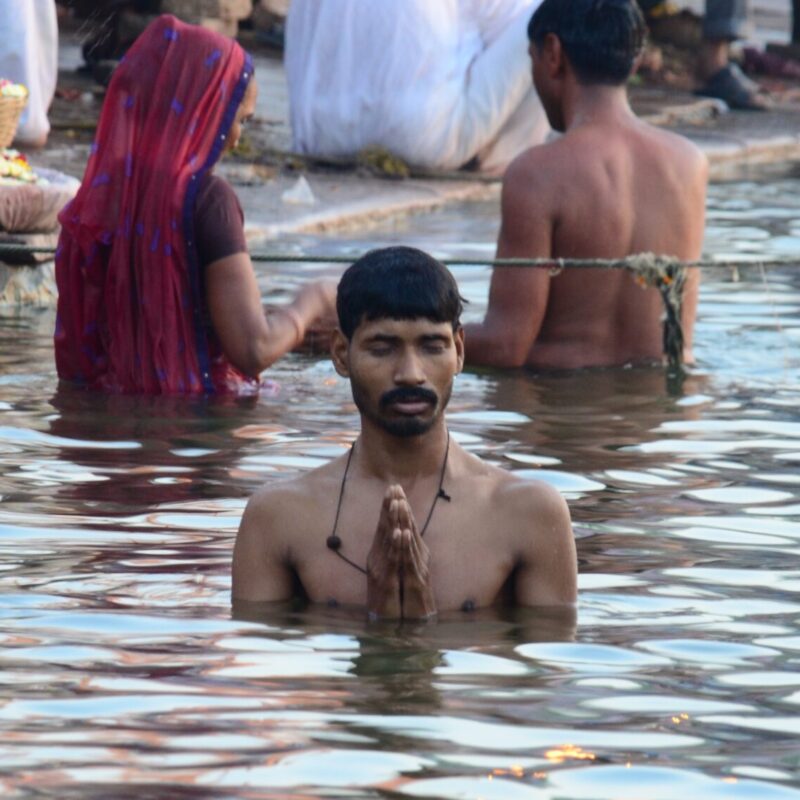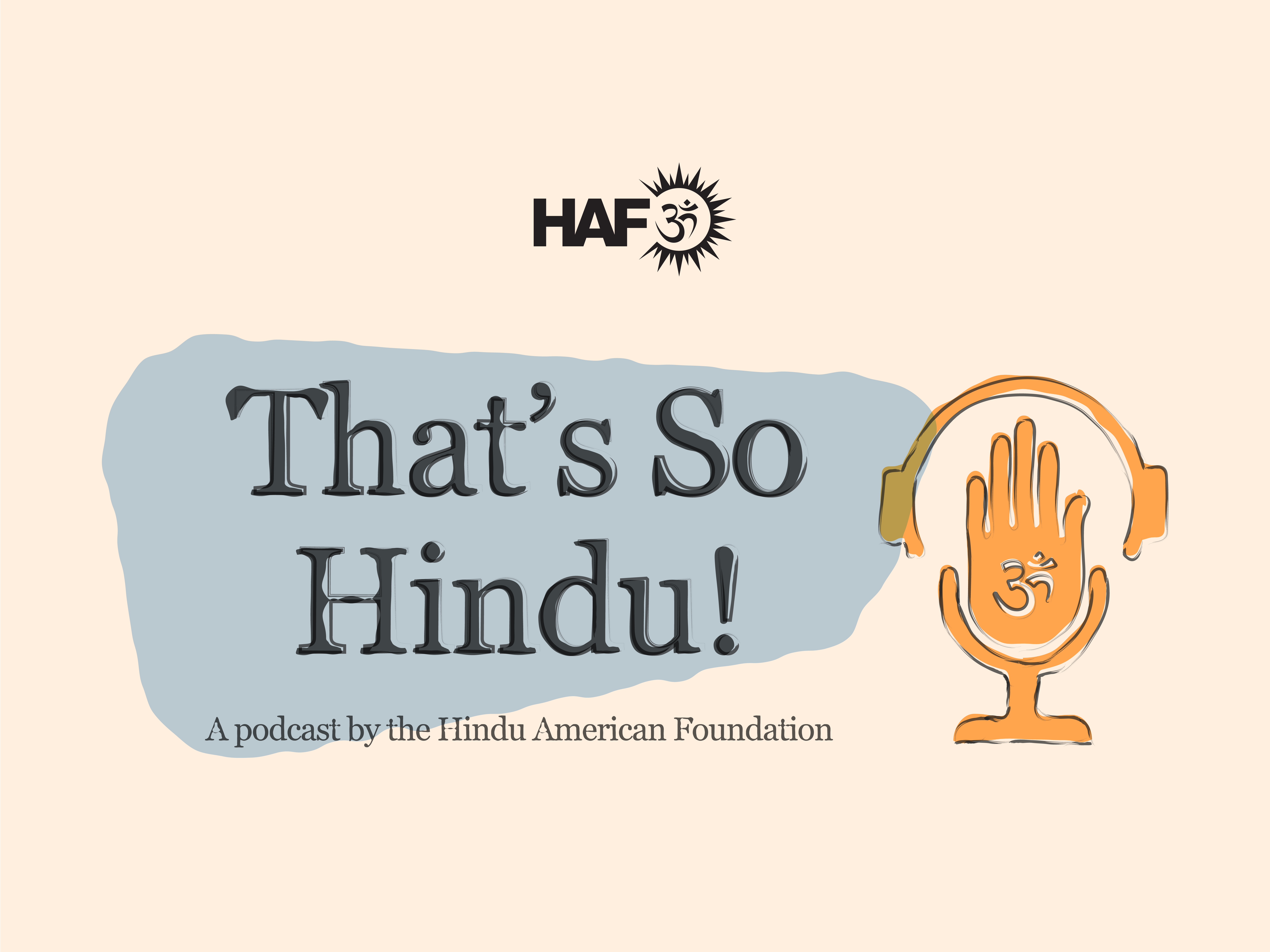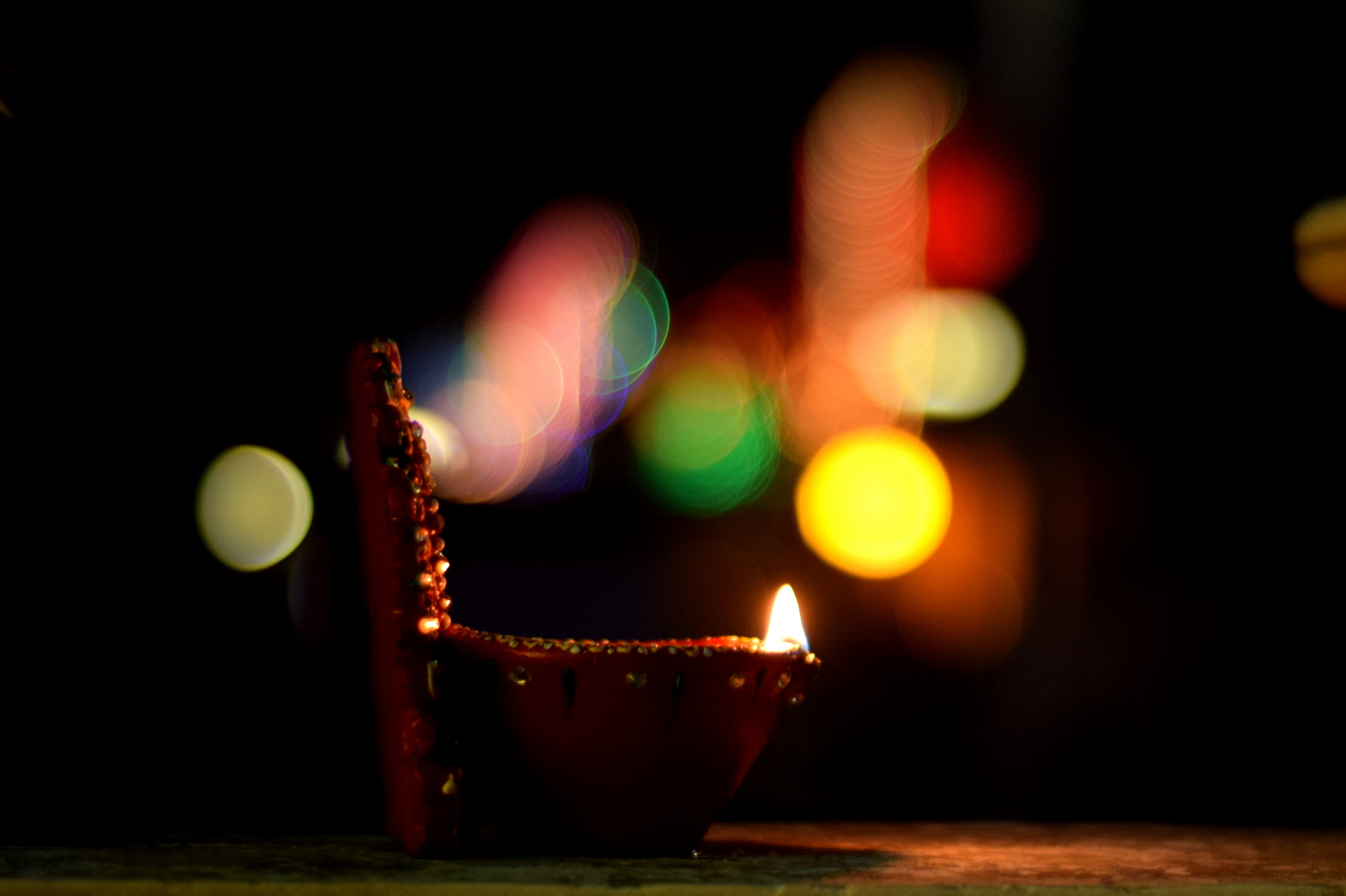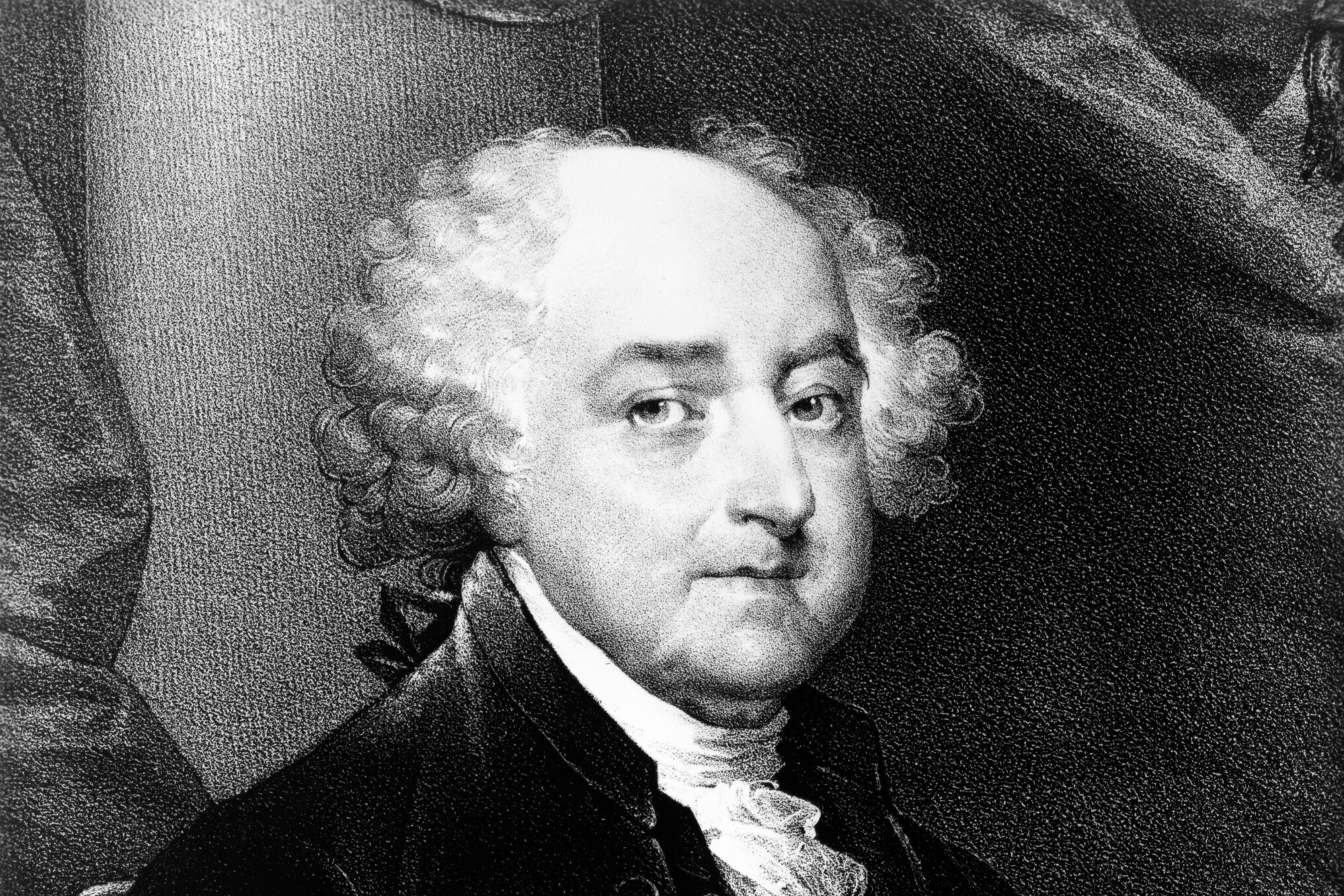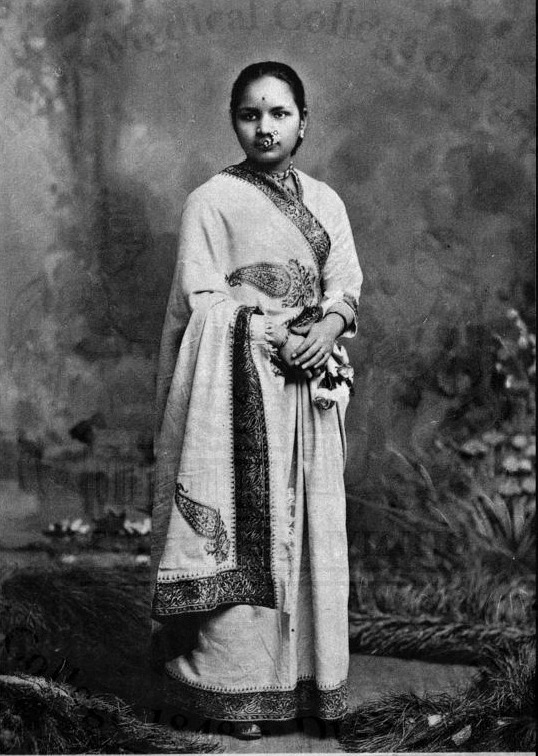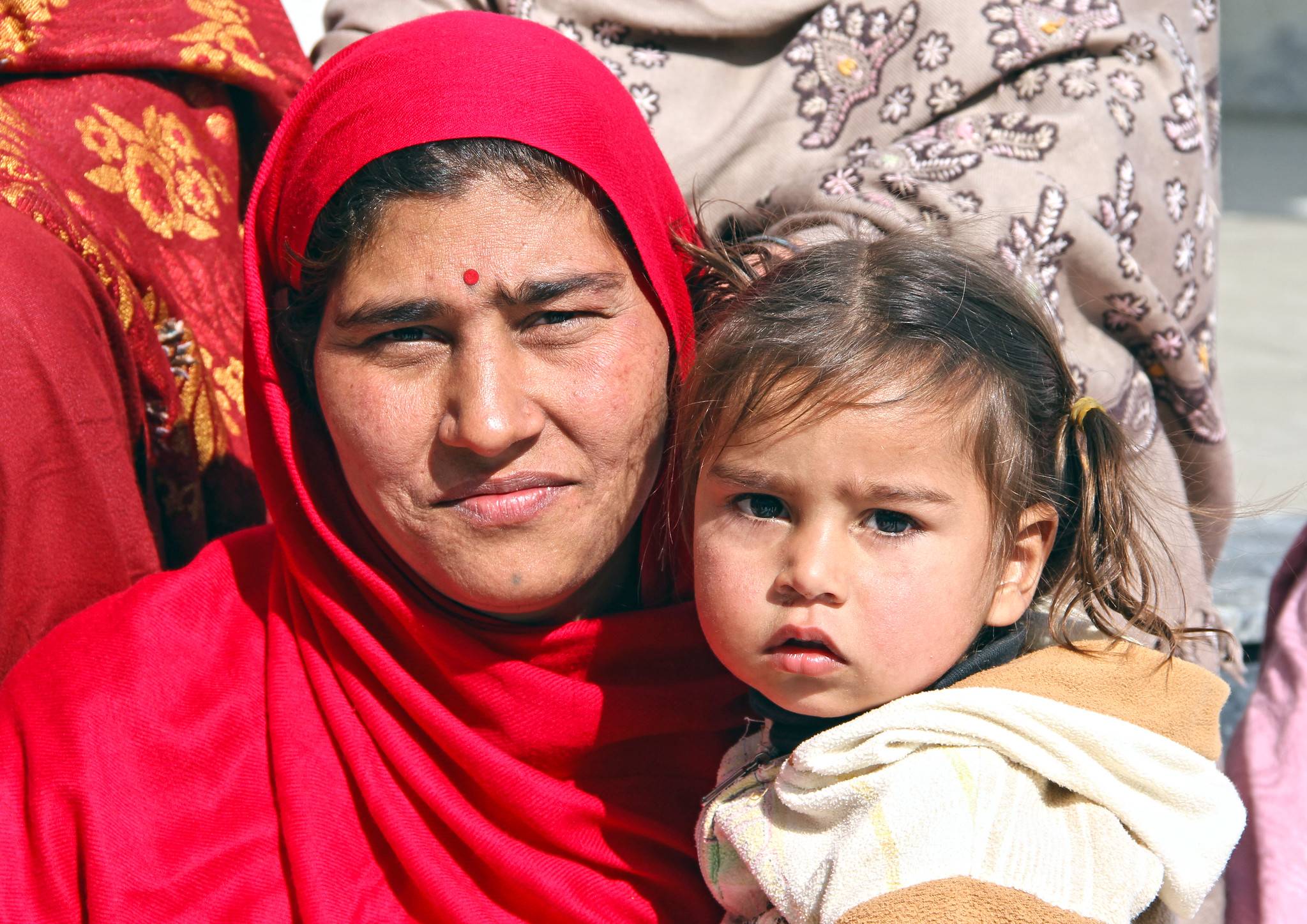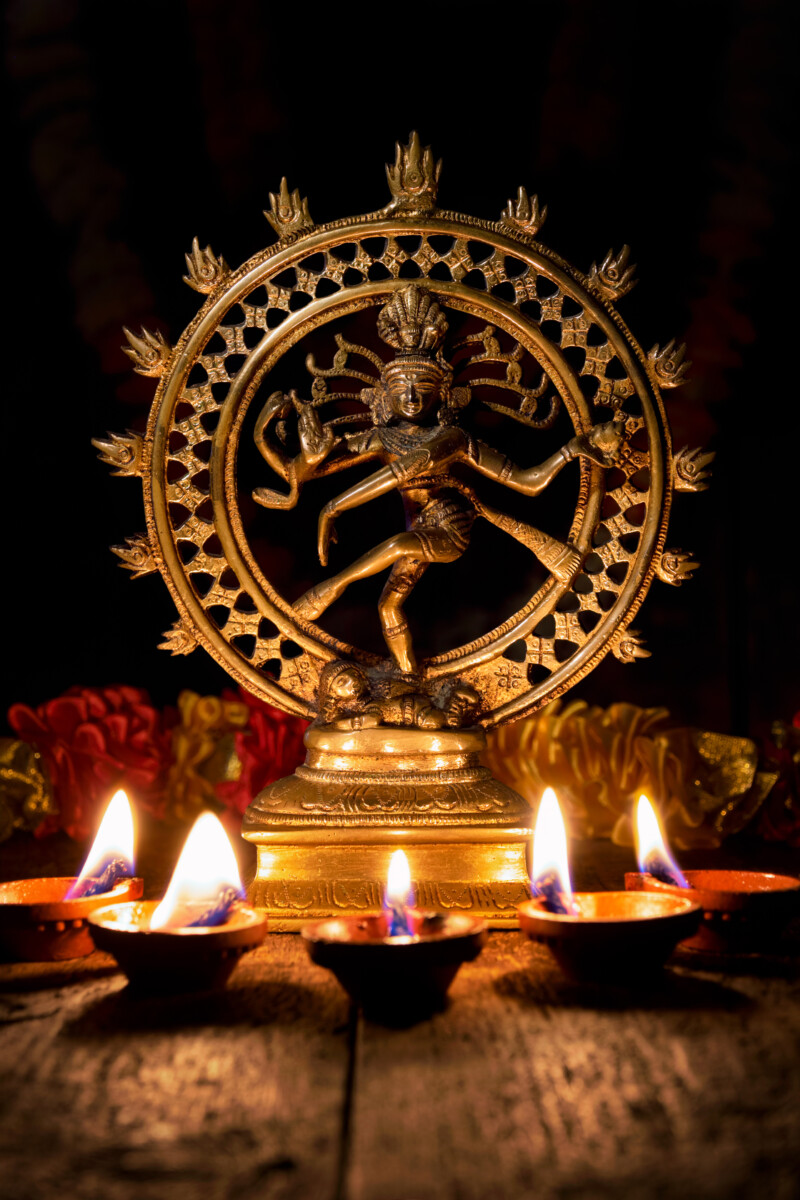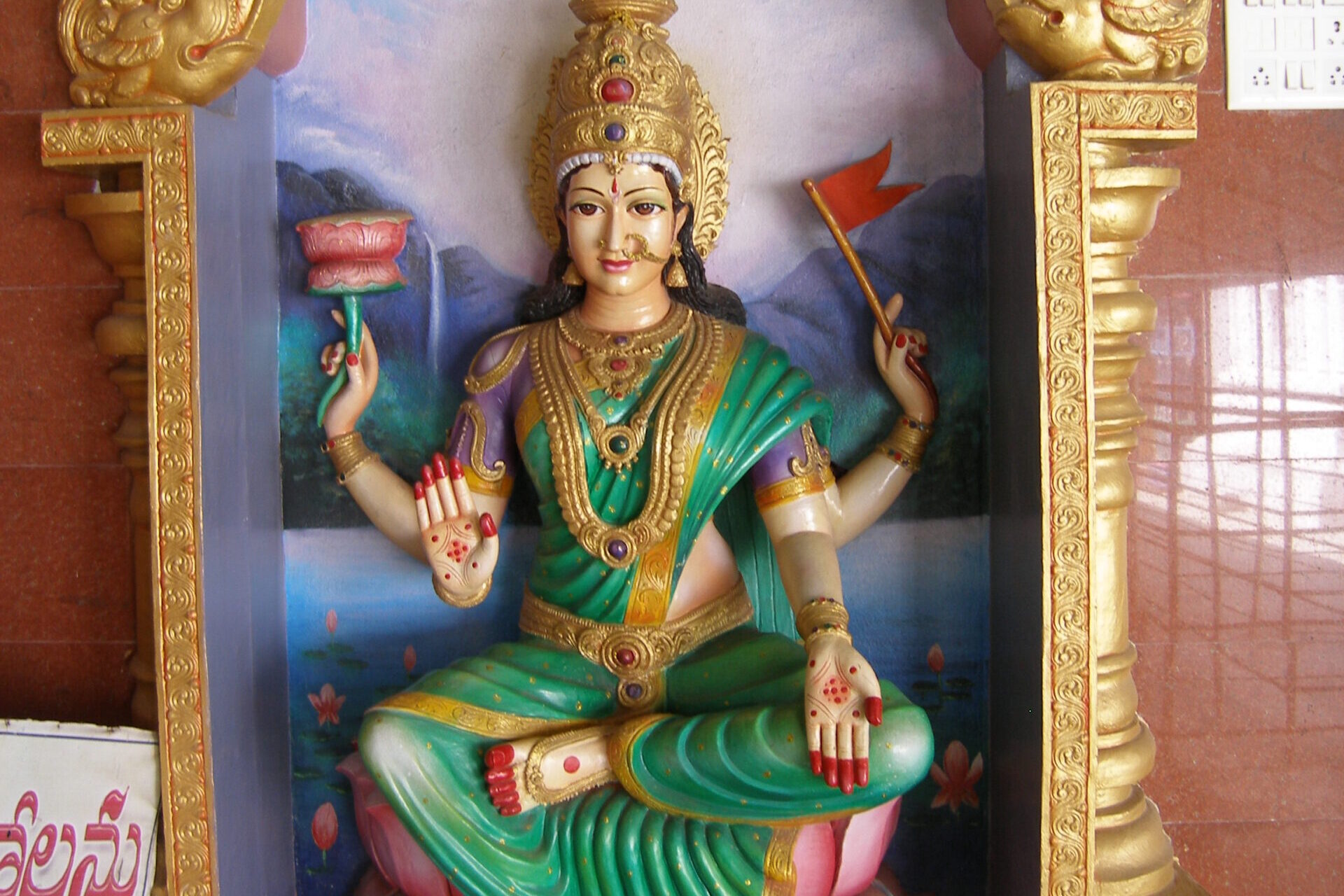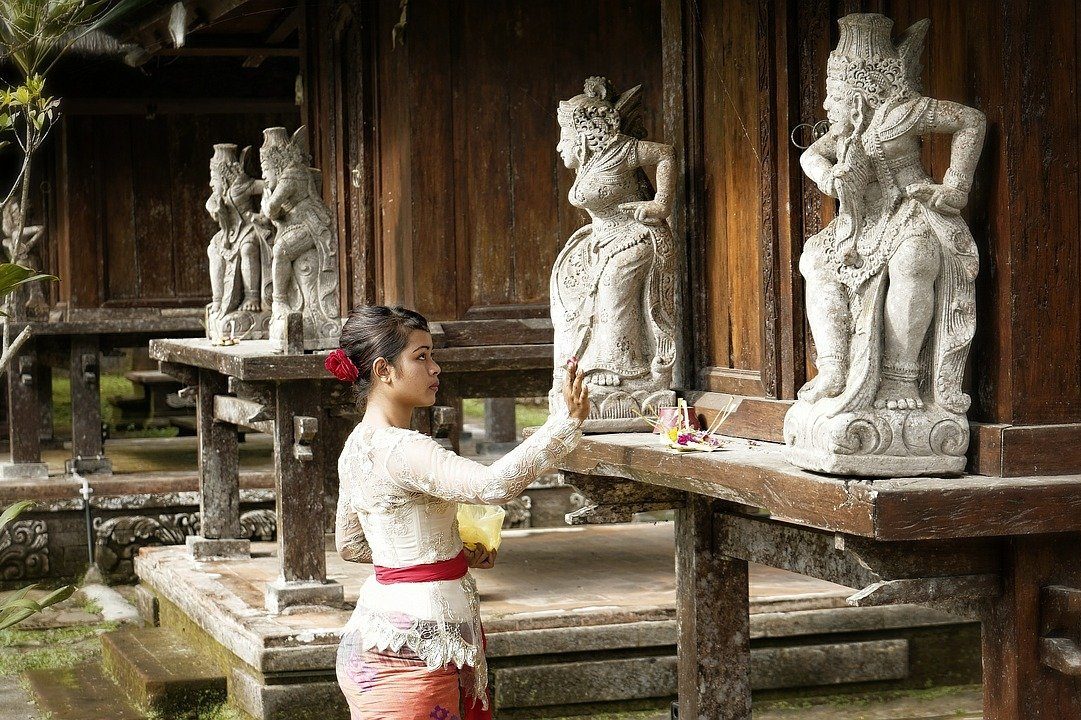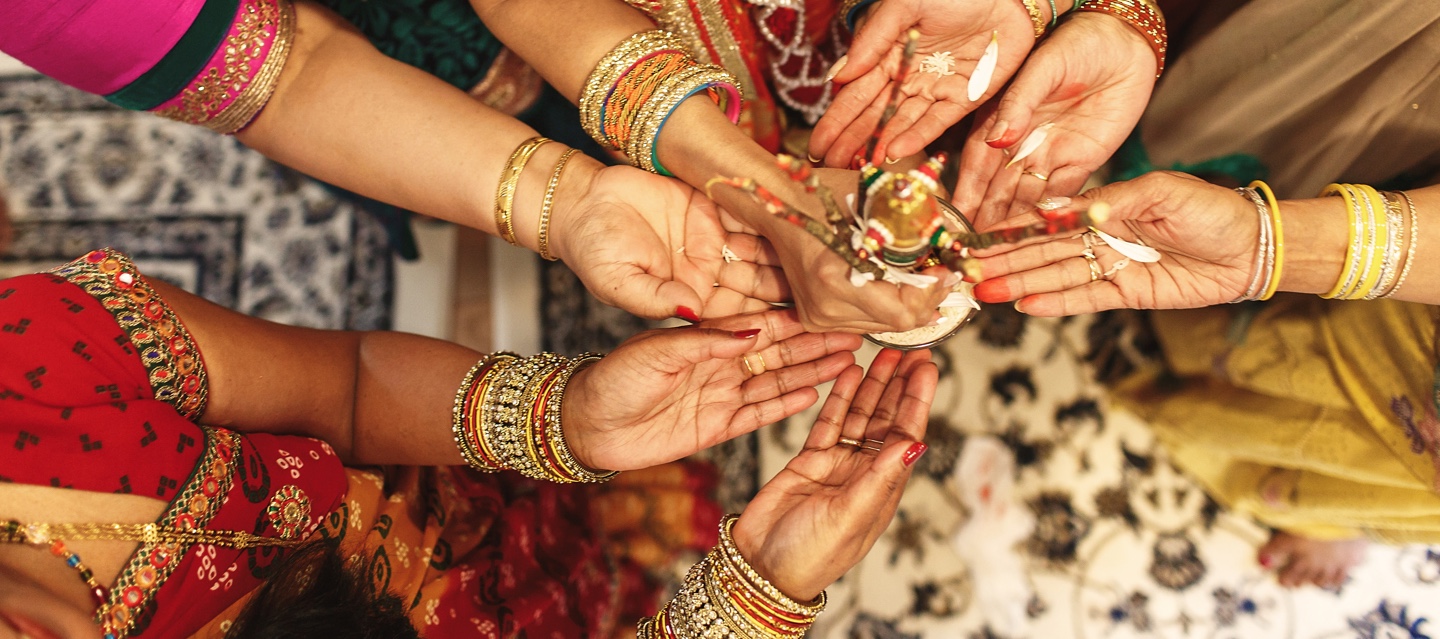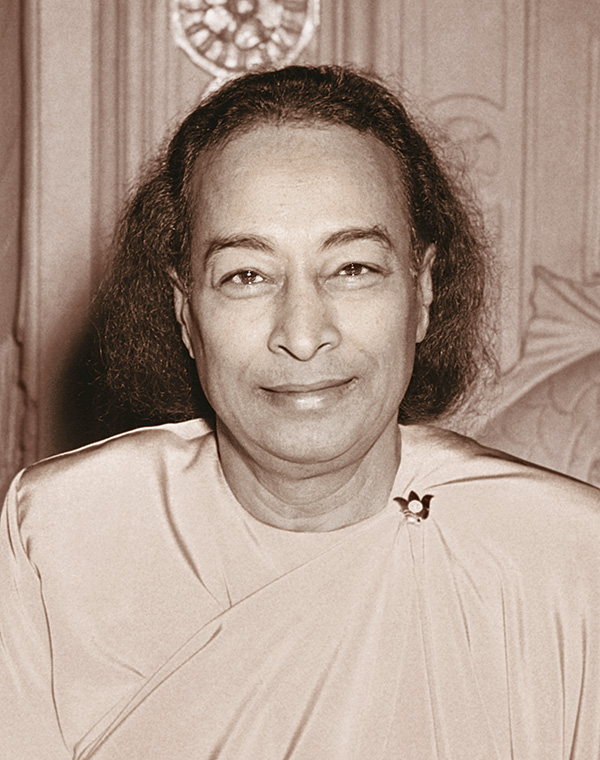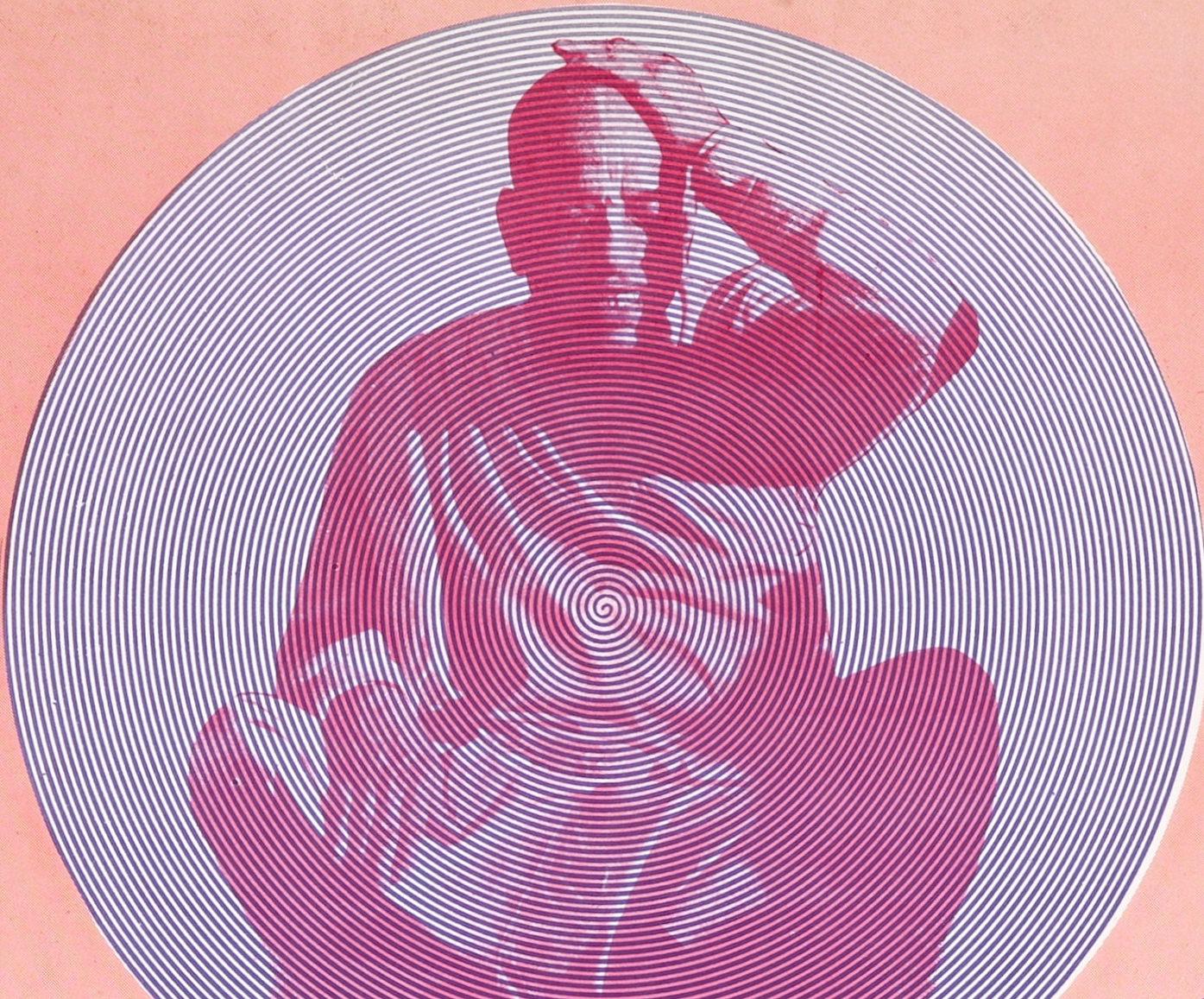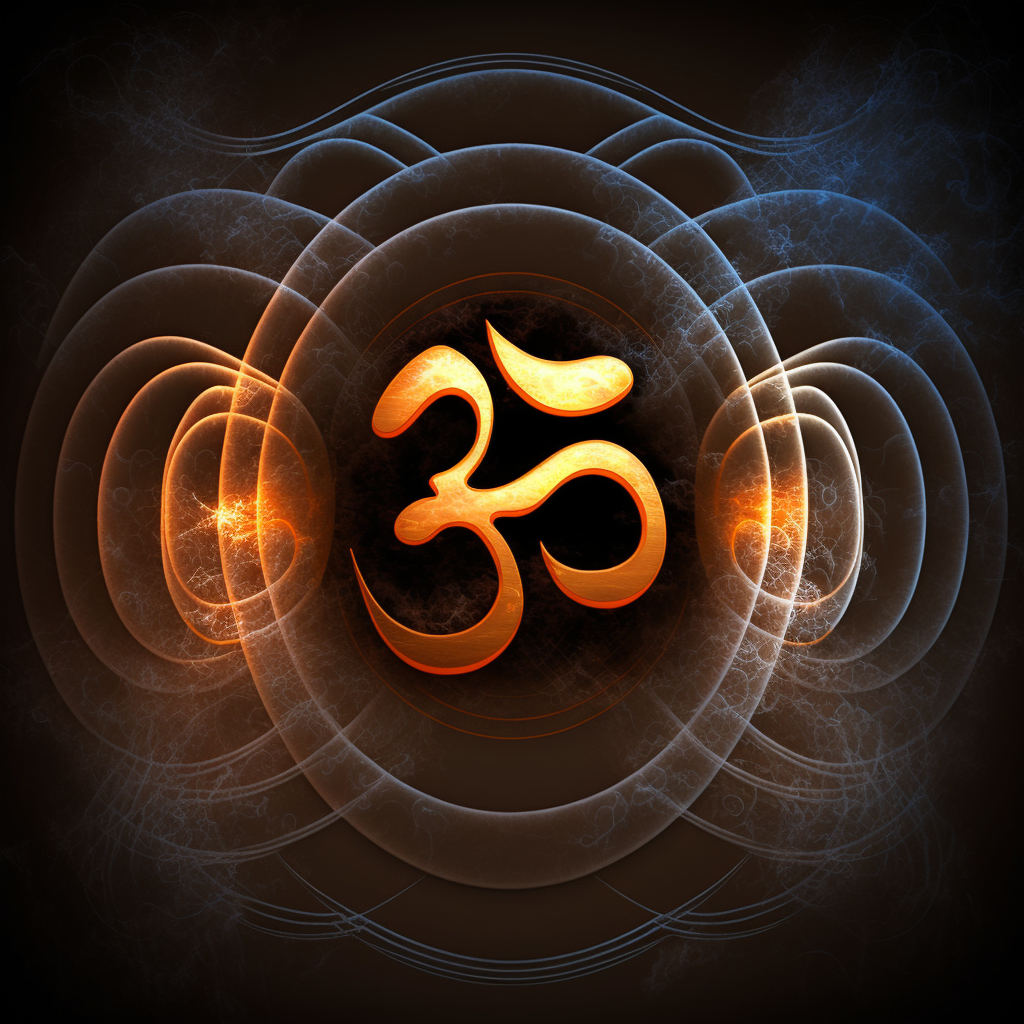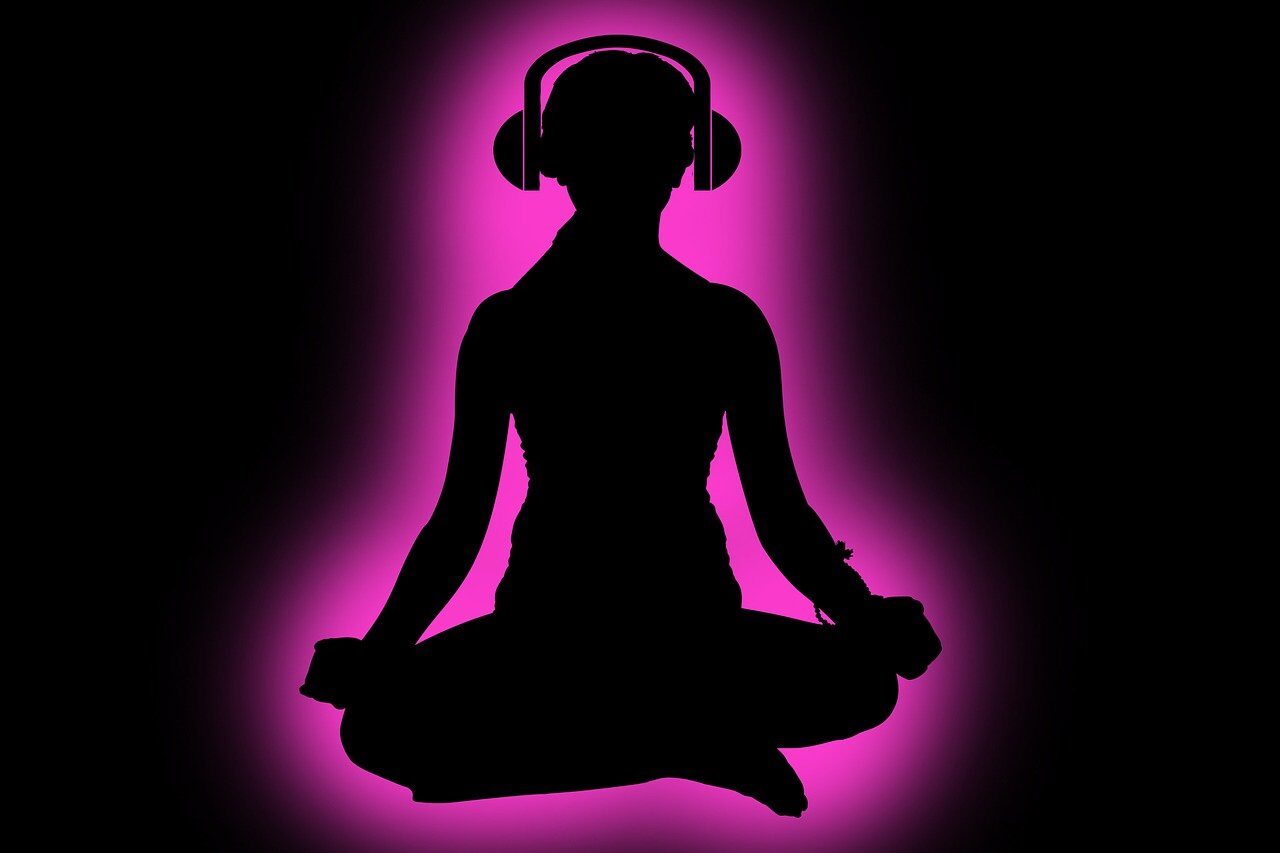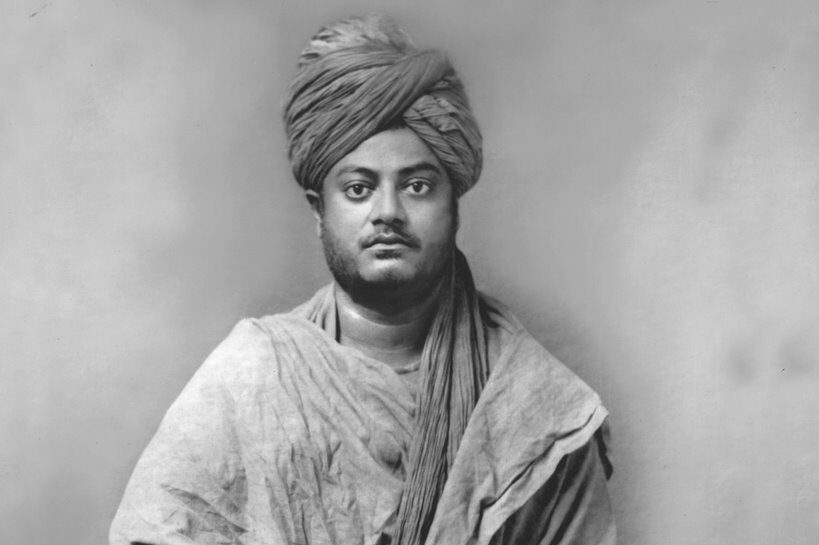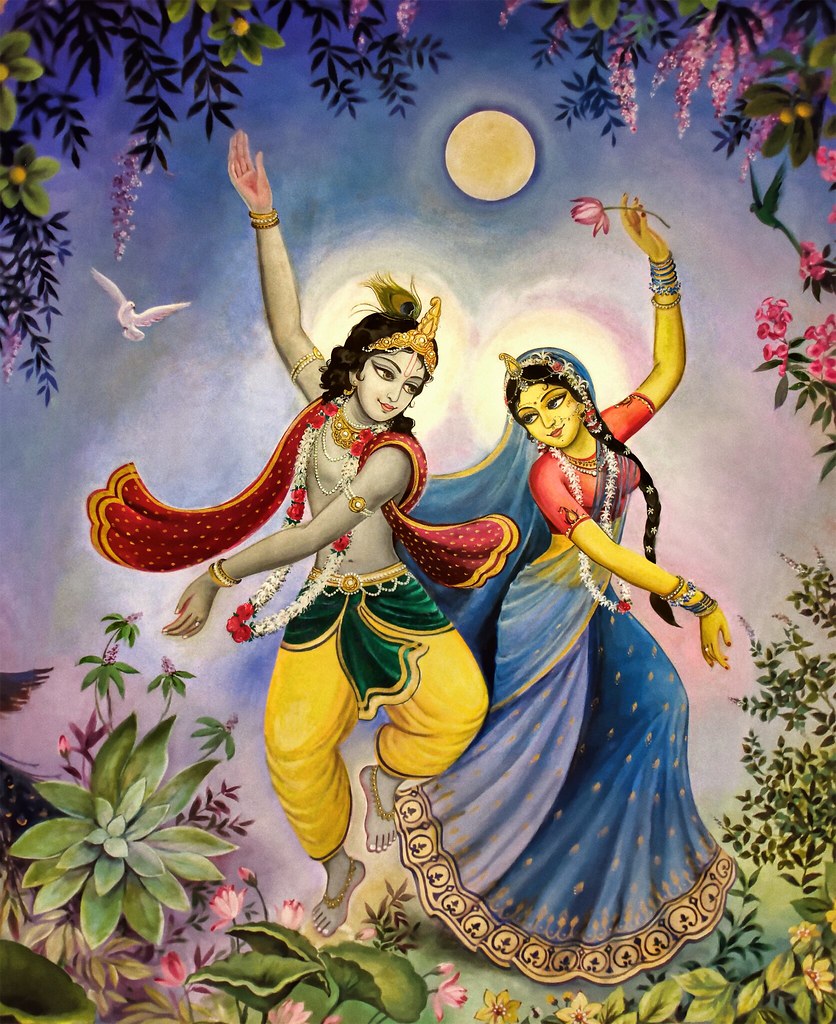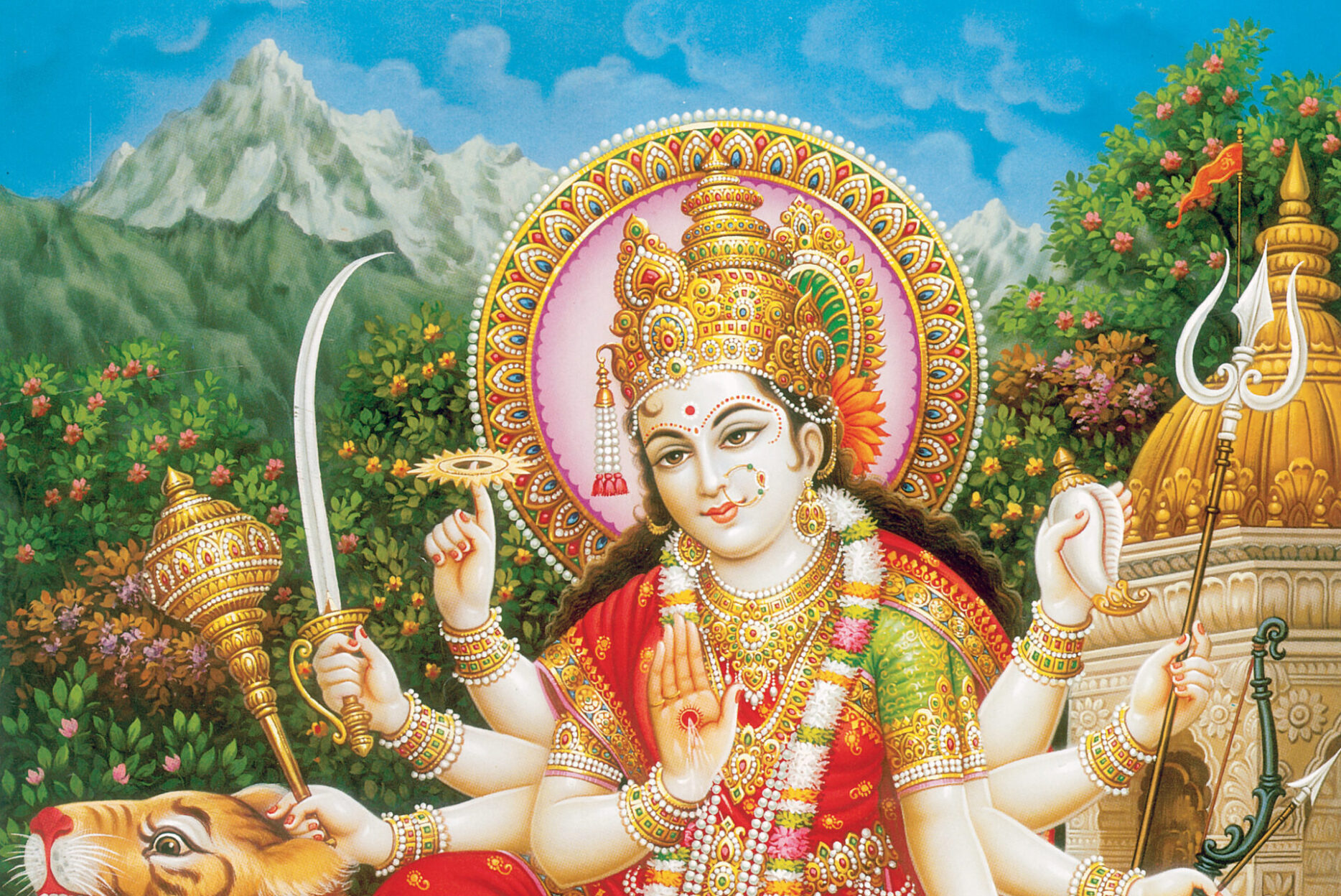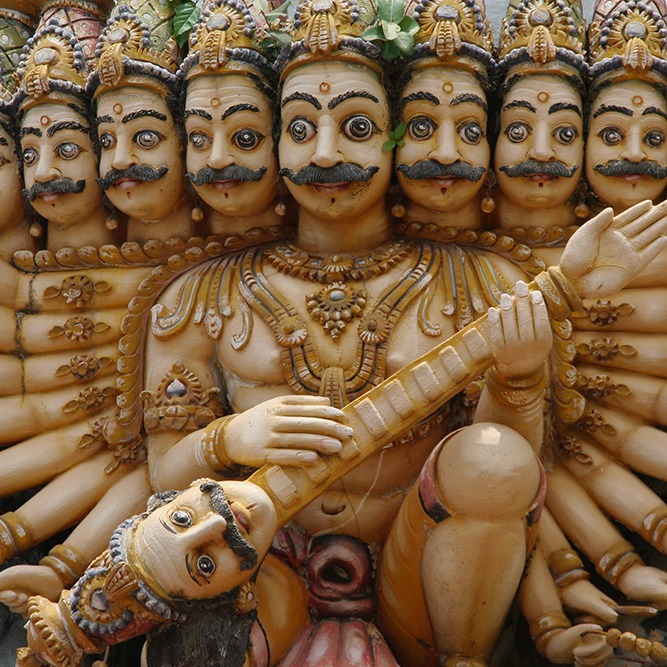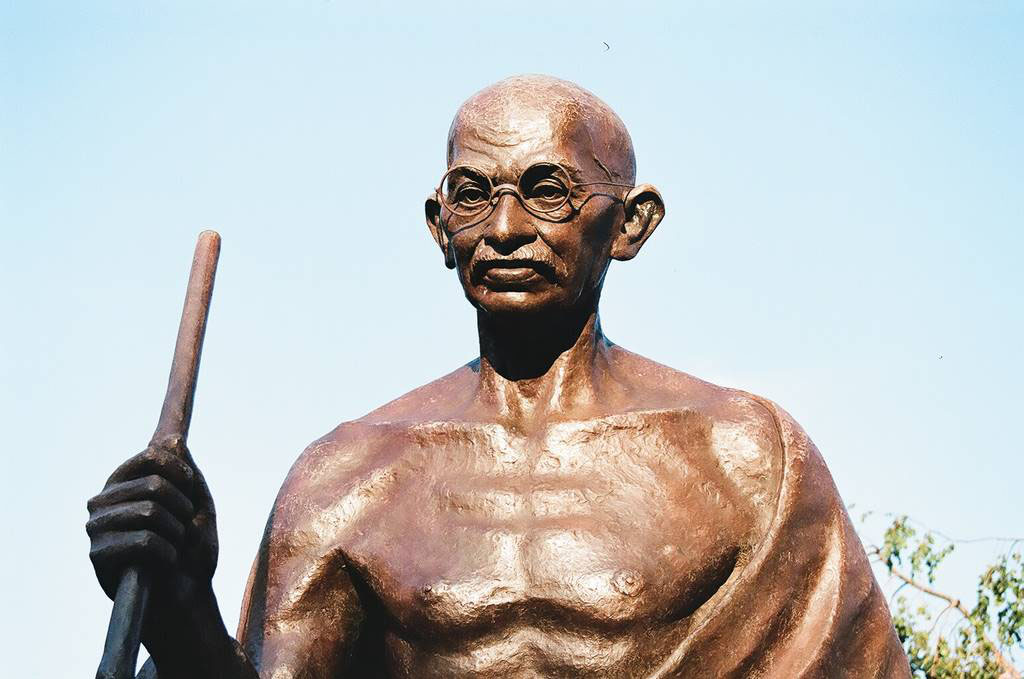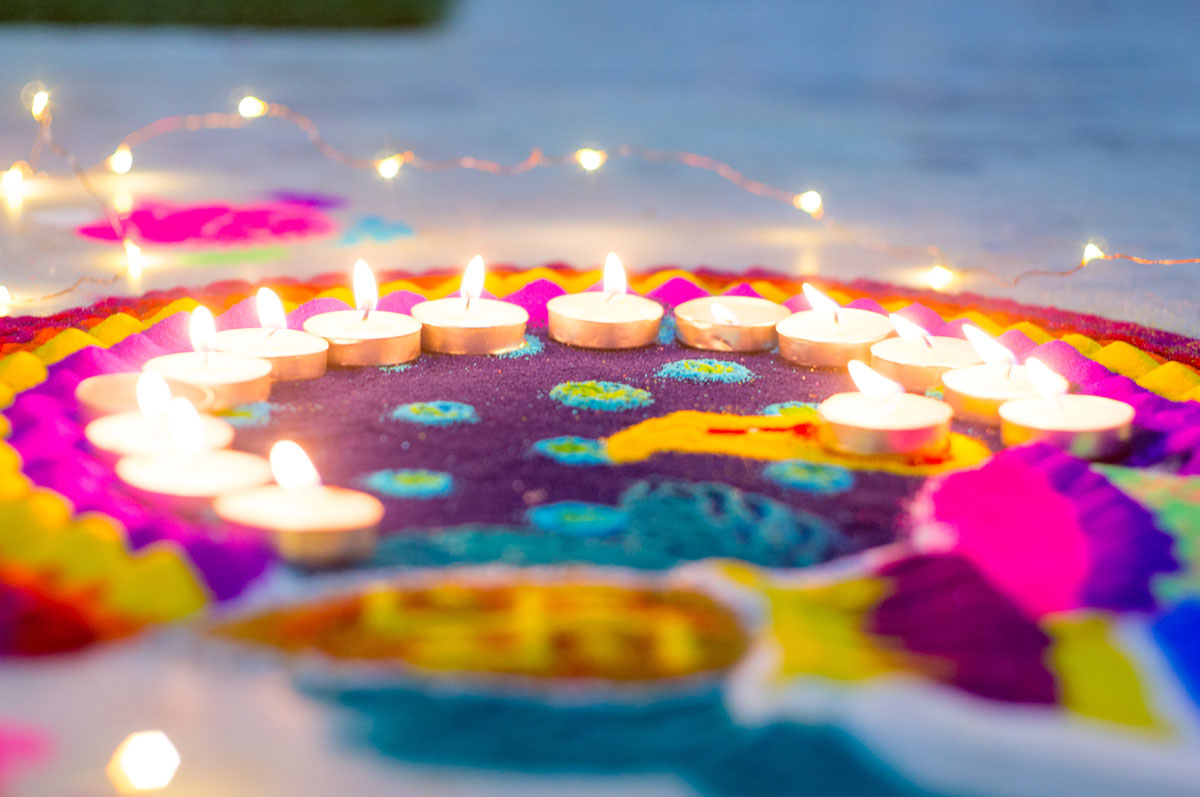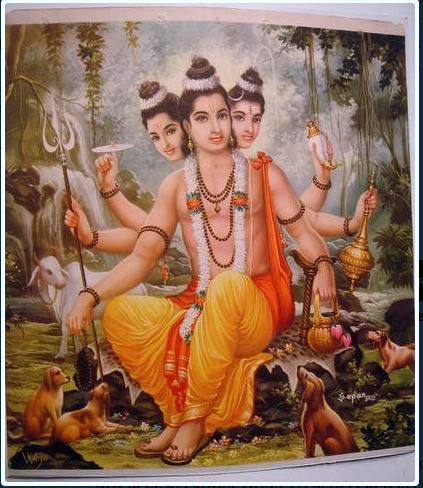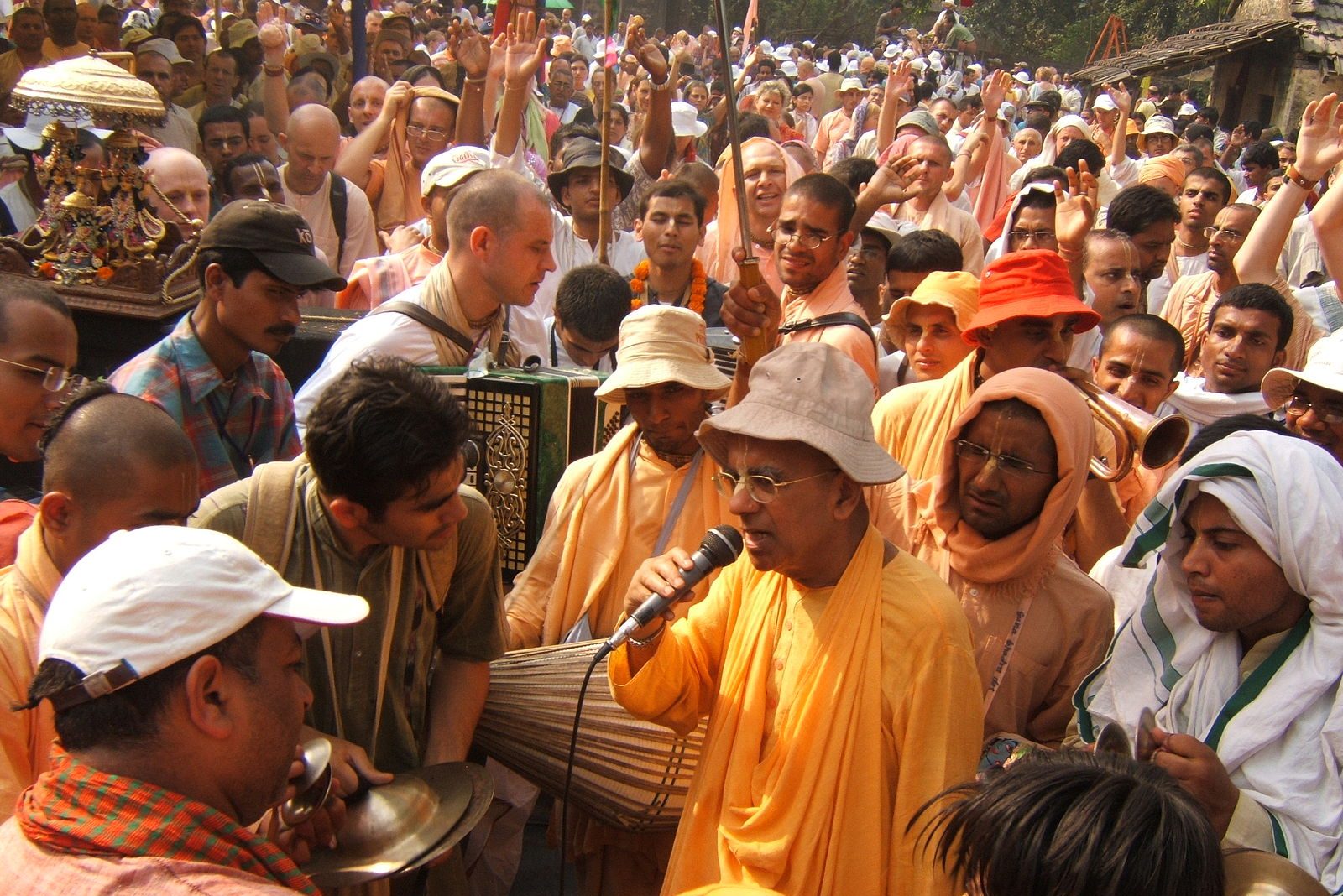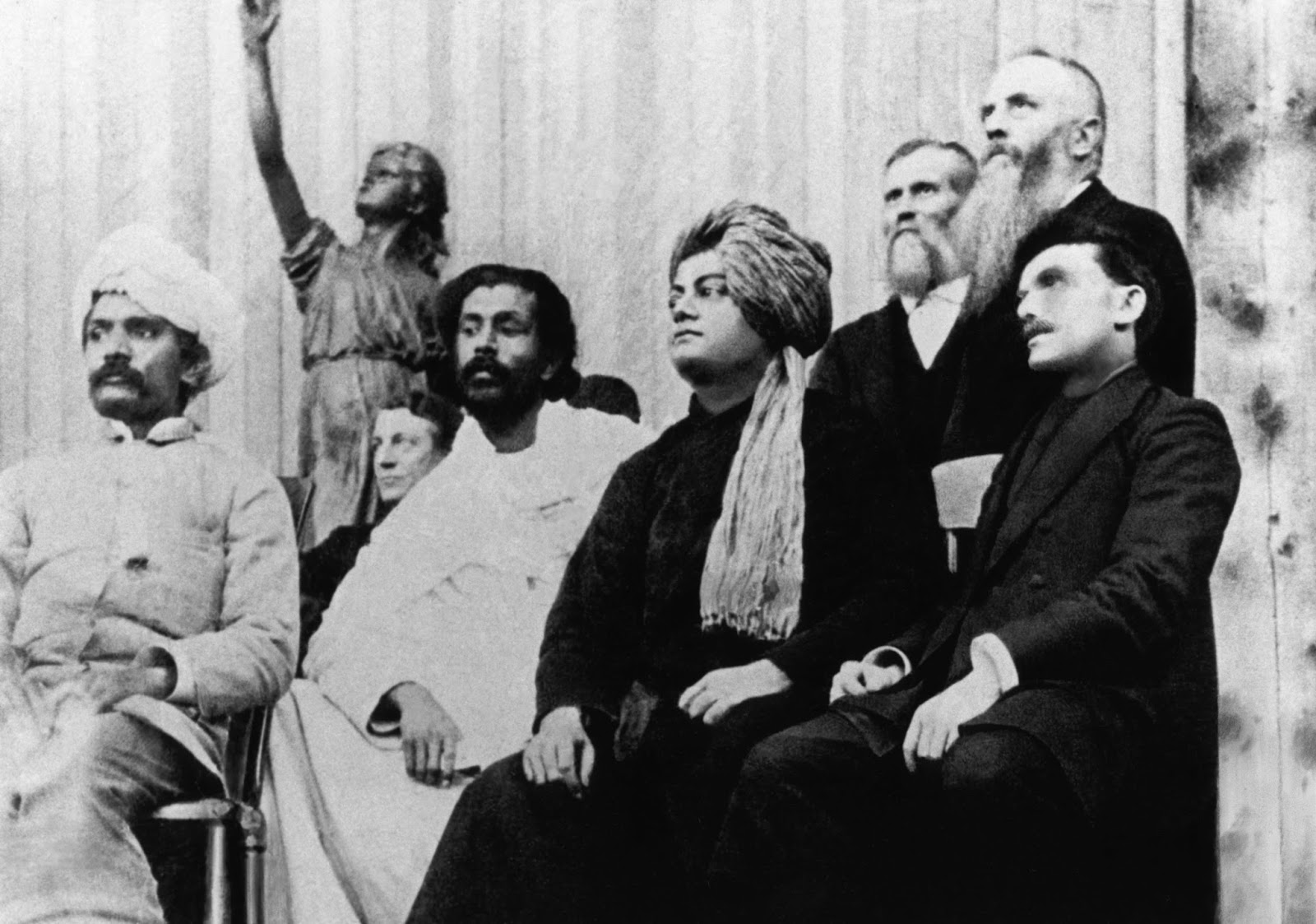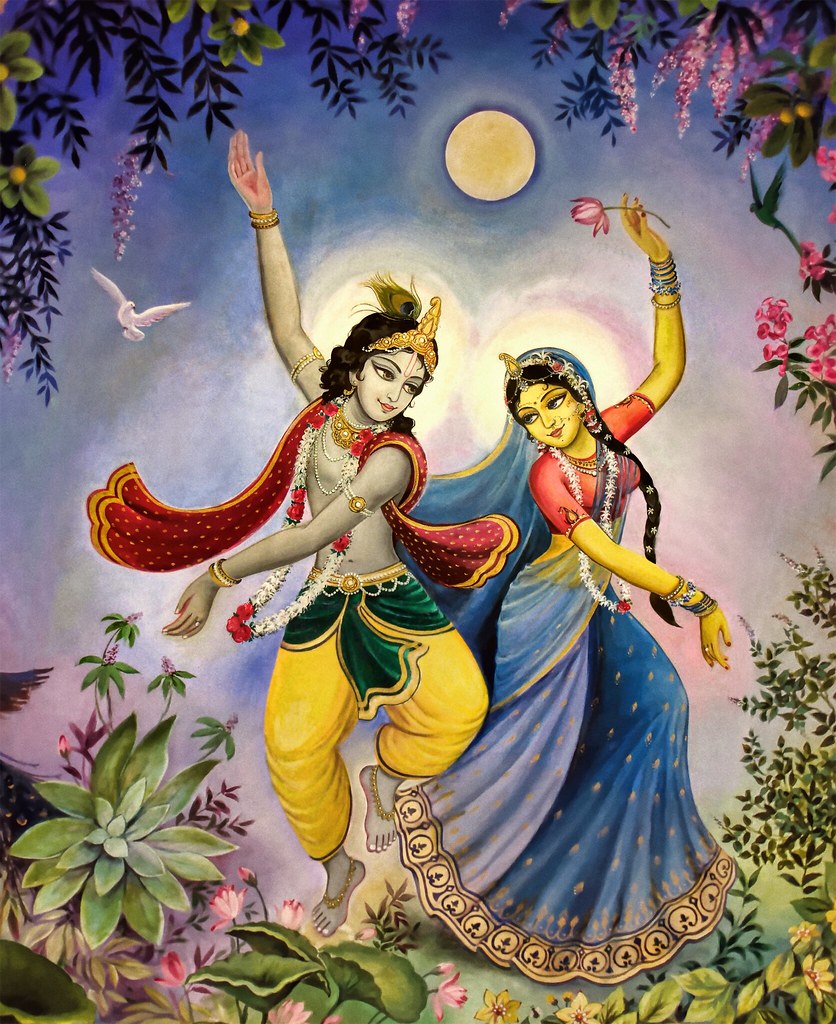
This article is based on a module written for the Dr. Weil Integrative Medicine fellowship at the University of Arizona several years ago by Arvind Chandrakantan MD, Suhag A. Shukla, and recently updated by Vijay Satnarine.
In Hinduism, what is the relationship between spirituality and health?
Hinduism, considered one of the world’s oldest living world religions, refers to numerous theist and non-theist Dharma traditions whose origins are in Asia. The Dharma traditions that have distinct identities as world religions are Jainism, Zoroastrianism, Buddhism and Sikhism. The remaining Dharma traditions are known collectively as Hindu, many sharing similar concepts; others as different as Islam is to Judaism. Yet, somehow these traditions have coexisted peacefully, often syncretically, accepting one another’s right to be different. In fact, all of these indigenous Hindu Dharma traditions thrived in their diversity because of their unity around the core Dharmic concepts of compassion, loving friendship, and plurality (karuṇā, maitra and bahudhā) given their shared teaching that, every single living being is part of the same multiverse.
As indigenous traditions, Hindu Dharmas are based primarily on observation, study, logic, and discussion. Some also have teachings considered to be revealed. The different approaches were developed to assist humans of all tastes and proclivities to progress holistically in their lives. Self-cultivation and meditation are the primary spiritual practices, and though the methods vary the goal is the same: to be able to manage, or eventually free oneself (mokṣa) from the repetitive cycles (saṃsāra) of ups and downs (duḥkha) that we find ourselves in or put ourselves into (karma).
Ancient, colonial, and modern diasporas mean that Hindu Dharma traditions have grown with peoples from across Asia and are now practiced across the world. It is for this reason that Hindus have a variety of different worldviews, cultures, languages, cuisines, etc.
As far as self-cultivation is concerned, from ancient times the uniqueness of the human form of life to serve as a vehicle for spiritual progress was highlighted (śarīram ādyaṁ khalu dharma-sādhanam). The ancient teachers also recognized that each facet of human life was interconnected. One could have a physically fit body, but if the diet was not nutritious, that level of fitness would be unsustainable. So, focus was placed on balanced and naturally sourced nutrition, physical activity (yogāsana, kalaripayattu, dance, etc.), and healthy modes of life. Even at pique fitness, human wellness can be negatively impacted by being emotionally or mentally agitated. As such, the intersection of physical wellness and mental wellness was investigated, and numerous spiritual traditions developed with an extremely insightful approach to self-cultivation: elevating the intellect to find the optimal balance for one’s physical, emotional, mental – and thereby spiritual – well-being.
The human values of kindness, compassion, and understanding were deftly integrated with the principles of logic and reason, and the teachings of the interconnected nature of the multiverse and all its constituent parts, to help all Hindus progress holistically towards the goal of physical, emotional, mental, intellectual, and spiritual wellness.
Healing sciences were practiced from ancient times, however, during the second urbanization (c. 600 BCE) the various Hindu Dharma traditions that were gathering in new cosmopolitan cities and nations foregrounded the standardization and further development of insights into human health. Caraka, Śuśruta, and Bhela (all of whom authored the famed compendiums of Āyurveda) researched and provided insight into medical sciences, whose principles were founded on observations so robust that their relevance has not waned over the millennia. Suśruta, widely regarded as the ‘Father of Surgery’ pioneered eight categories of surgery, three hundred techniques, and a hundred and twenty surgical implements. Many of these innovations continue to inform surgery today. The World Health Organization, since the formation of the Center for Global Traditional Medicine, has published several important studies geared towards the standardization of Āyurvedic principles with Western medicine.
Science, research, physical activity, medicine, and mental health, for Hindus, are not opposed to spirituality. Indeed, all are interwoven, and provide the basis for the human wellness that is the foundation for all pursuits in life.
Why does one get sick?
According to the philosophies of the Hindu Dharma traditions, the answer to this question would vary. Some commonly acknowledged causes are:
- adhyātmika – caused by the body/mind itself, whether congenital or acquired diseases. Dormant conditions might become manifest over time or through other factors. The natural aging process of the body is also noted here. Additionally, the actions of a person – where they go, what they do, what they consume, etc. all are considered under this category.
- adhibhautika – caused by other beings, whether through injury, poisoning, infection, or other.
- adhidaivika – caused by time, place, and circumstances: changing seasons, natural disasters, cosmic radiation, etc.
In the search for causes, Hindus place a caution: other than the directly contributing factors, assuming that the universe is punishing a person is not helpful in the task of assessing the situation, discerning a way forward, following through, and evaluating the results. Hindus never used karma in the sense of something that is a type of punishment from an unknown time. Rather, the Hindus teach that karma means that action can be taken to change the situation one finds themselves in. Even in terminal cases, Hindu teachings assist a person to manage their minds and emotions so that they can use their time to achieve their goals while their bodies allow, and prepare to transition in a manner that does not add to their distress.
In all cases, the intervention of those with expertise and experience is central, and Hindu teachings advise against hoping that issues will magically go away. Hindus are for this reason tend to be weary of quackery. Concurrently, Hindus do acknowledge that because emotions and mental states are useful in some cases to help elicit better recovery from the body, relevant complementary and alternative therapies that are recommended by experts should accompany medical interventions.
What is the role of spirituality in health, wellness, and life?
Spirituality, or adhyātma, is the focus on solving the existential questions that will come to all of us at some point in our lives. What is all of this for? What is the multiverse? What is my purpose? Why am I here? Why bother?
Without a sense of grounding or purpose, a person can neglect or even sabotage those routines, practices, etc. that are essential in fostering and maintaining well-being. The Hindu Dharma traditions all teach that every single individual is part and parcel of the multiverse and that we are thus all the result of billions of years of the evolution of the multiverse itself (pariṇāma). Exactly how and what is involved here depends specifically on the philosophies one subscribes to. Whether monotheistic devotion or non-theistic meditation is the means, the goal of human life is to find betterment (śreyas) rather than only hankering after and working for those things, people, and experiences that are pleasurable (preyas).
Delusions, unrealistic goals, and elevated notions of one’s ideal self result in so much dissatisfaction and even disease, that Hindus are advised to focus on understanding one’s self as it is – beyond all the layers of identities, likes/dislikes, behaviors, etc it has accumulated. To do this, one needs a mind that is capable of understanding the complexities of one’s own emotions, triggers, responses, characteristics, behavior patterns, cycles, etc. For the mind to be well, the body must be well, and for the body to be well, the mind must be well. Changing any small thing in this dynamic leads to progress across all markers of wellness.
According to Hindu Dharmas, therefore, spirituality is dependent on health and wellness, and health and wellness is dependent on spirituality. This interwoven triad is what the Hindu spiritual teachers seek to help people cultivate, improve, and thus unlock their sense of meaning, belonging, purpose, and happiness.
What are the forms of wellness and healing that Hindus have traditionally relied upon?
From ancient times, thousands of clans and tribes developed different methods of healing, mostly using therapies derived from herbal and other natural sources, in tandem with the intervention of the medium of their community. Around 600 BCE during the development of new cosmopolitan societies based around urban centers, more research and standardization were undertaken, resulting in two pan-regional classical medicine traditions, Āyurveda and Siddham, and a comprehensive spiritual philosophy with a foundational focus on wellness known as Yoga, in addition to the other regional/tribal traditional medicines like Uzhichil, etc.
Āyurveda
Āyurveda is the most recognized and practiced Hindu medicinal tradition around the world. Ayurveda aims to cultivate a healthy mind and body. Ayurveda is categorized as having eight limbs or aṅgas which are based on on the different systems of the body and their treatments.
The eight aṅgas or limbs are:
- kāya cikitsā – general medicine
- bāla – children and their diseases and treatment (Pediatrics)
- graha – mental disorders, seizure by spirits and their treatment (Psychiatry)
- ūrdhvāṅga – diseases of the face, eyes, nose, throat, and ears and their treatment
- śalya – surgery
- daṁṣṭra – different kinds of poisons and their treatment (Toxicology)
- jarā – therapies useful during advanced age
- vṛṣā – male and female infertility and their treatment
Āyurvedas philosophy is based on Pañcabhautika Siddhānta, or the Doctrine of the Five Elements. The five elements include pṛthivī (earth), ap (water), tejas (heat), vāyu (air), and ākāśa (ether). These elements are said to pervade the universe both in their gross and subtle forms in all living and nonliving things. Thus, everything in nature is understood as interrelated and constituted, in varying proportions, of these elements, their evolutes, and constituents.
Āyurvedic treatments are based on Tridoṣa Siddhānta, or the Doctrine of The Three Humors. Doṣa is a Sanskrit word which means “that which vitiates or aggravates.” The three doṣa are vāta (air and ether dominant), pitta (heat and water dominant), and kapha (water and earth dominant). They are the building blocks of the body, both physiologically and psychologically. When the three doṣas are in equilibrium, they bring about health and when out of balance, cause disease.
Āyurveda teaches that daily routine, including diet, physical activity, and environment, collectively affect the balance and imbalance of doṣas. Āyurveda thus prescribes daily and seasonal routines, including diet and physical regimen, to help maintain harmony in the body and mind.
Siddha Medicine
Siddha medicine is a different form of medicine and is more commonly practiced in the southern regions of India. Ayurveda and Siddha medicine share many commonalities including a focus on preventative medicine, the use of herb-derived medicines, and a basis in the tridosha theory.
Siddha medicinal system also is predicated on the three doṣas. However, they are believed to be generally present in all individuals in a proportion of 4:2:1, though this ratio may change with age. Disease reflects an imbalance in the ratio, thus, Siddha treatments too are aimed at correcting imbalances.
Unlike Āyurveda, Siddha emphasizes adherence to yamas and niyamas (ethical ideals or precepts and self-regulation) as a part of a wellness lifestyle. The use of animal products is also more common in Siddha medicine than in Āyurveda. Siddha medicine also has more external applications of medicines (32 different methods) as opposed to many of the surgical techniques found in Āyurveda. Siddha practitioners are often referred to as Herbologists or Traditional Medicine Practitioners.
Yoga
At its broadest, Yoga, from the root word “yuj” in Sanskrit, means to unite. Most Hindu sources discuss Yoga as a practice to control the senses and ultimately, the mind. The most famous source is the Bhagavad Gita (dating back to the 6th-3rd Century BCE), which speaks of four types of Yoga – bhakti, or devotion; jñāna, or knowledge; karma, or action; and dhyāna, or meditation – as paths to achieve mokṣa, the ultimate goal of life according to Hindu understanding. However, this is just one understanding of Yoga falling within the Vedāntic philosophical tradition. Others, such as Haṭha Yoga are found in the teachings of the Āgamas which are the sources in the monotheistic Hindu Dharma traditions. Still more are found in the regional/tribal practices of the mediums, particularly in the preparatory stages for mediumship.
Yoga was systematized by the legendary Patañjali, who composed the Yogasūtras, the central source of aṣṭāṅga yoga, or the Yoga that consists of eight disciplines. Āsana, or physical postures, is only one and a comparatively preliminary aspect of the broader holistic discipline of Yoga, it does offer many health benefits.
Beyond increasing muscle tone and flexibility, regular practice of asana has been associated with lower blood pressure, relief of back pain and arthritis, and boosting of the immune system [5]. Increasingly, many believe āsana practice reduces Attention Deficit Disorder (AD/HD) [6] in children, and recent studies have shown it improves general behavior and grades [7].
The full potential of the physiological, intellectual, and spiritual benefits of āsana, however, is likely increased manifold if practiced as a component of the holistic practice of Yoga which includes:
- Yama : ethical ideals or precepts guiding interactions with others and the world
- Niyama : ethical ideals or precepts guiding one’s inner world
- Āsanā : physical postures
- Prānāyama : breathing exercises and breath modulation
- Pratyahāra : control of the senses
- Dhāraṇā : concentration and cultivating inner perceptual awareness
- Dhyāna : devotion and/or meditation on the Divine
- Samādhi : union with the Divine
What does it mean to “heal” or “be healed”? How does “healing” occur?
“Healing” and “being healed’ have different contextual meanings depending on which traditional system of medicine is being utilized. All traditional systems share a holistic viewpoint about illness. All modalities of healing in Hindu traditions seek to restore the balance between the body, emotions, mind, intellect, consciousness, and sense of self.
Sickness is seen as the non-optimal operation of any of those facets. Healing in the traditional context thus refers to correction of imbalance. Āyurveda and Siddha providers will routinely prescribe meditation, varying degrees of sensory deprivation, such as in food, extra periods of rest, and limiting overstimulation, to accompany any medicinal therapies.
What would you say to a clinician about the faith of his or her Hindu patients as it relates to their partnered efforts towards healing and health promotion?
Hindus may make use of many means of wellness, healing, and health promotion, be they medical or therapeutic (both allopathic and traditional). To this end, a healthcare provider’s familiarity and openness to traditional therapies, such as Ayurveda, Siddha medicine, and yoga, may assist in gaining the patient’s confidence and trust.
Karma may play very strongly into the belief of how, when, and why life-altering disease or illness has occurred as may other Hindu concepts, including dharma and lifestage. Many Hindus will recognize and welcome their own active role in the management of their disease or symptoms, thus a healthcare provider may serve as a catalyst in the patient’s harnessing of the healing potential of the central concepts of the Hindu Dharma traditions. Accordingly, a basic understanding of Hindu philosophies as articulated above will also prove useful in any discussions on spirituality, healing, and health promotion.
Read more
- http://www.ayurveda.com/
- http://naturecure.ygoy.com/siddha-to-treat-chronic-ailments/
- http://www.angelfire.com/az/ambersukumaran/medicine.html


